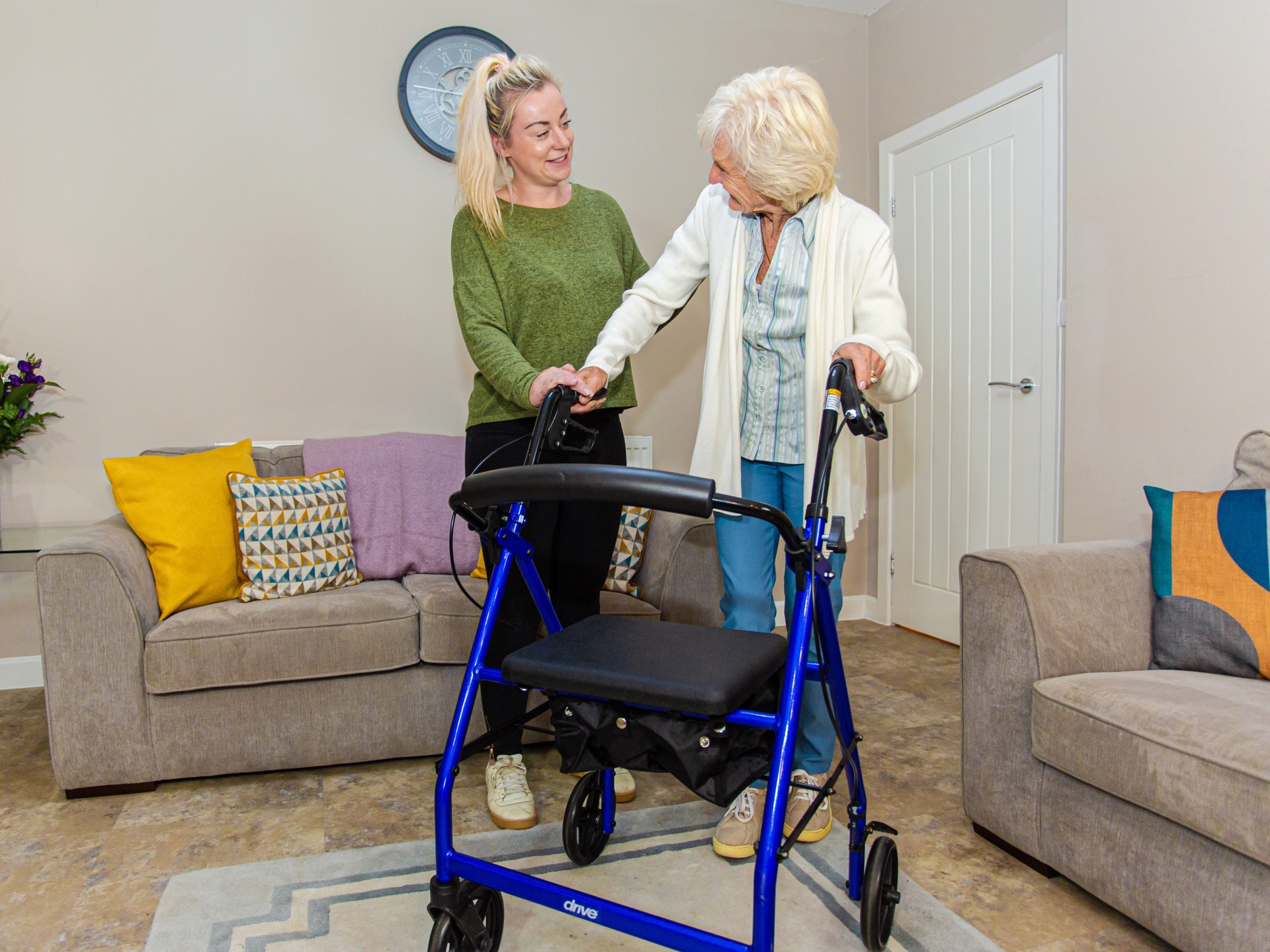Transient ischemic attack (TIA)

What is a TIA stroke?
A transient ischemic attack (TIA) is a momentary neurological dysfunction.
A transient ischemic attack (TIA), which is also known as a mini stroke, is a momentary neurological dysfunction which is a result of a disruption of the blood supply to the brain. Unlike a stroke, the symptoms are only short-term and there are no lasting effects.
The exact number of TIA cases is not known, as many people do not report it to their doctor due to their symptoms subsiding or the importance of a TIA not being recognised. However, it can be estimated that about 35 in 100,000 people experience a mini stroke each year in the UK.

Causes of a TIA stroke

Most incidences of a TIA are due to a small blood clot which blocks an artery in the brain.
This means that the blood cannot flow freely through it and results in the brain being starved of oxygen for a few minutes. The interruption to the blood flow means that the brain is unable to complete a number of everyday functions correctly. A TIA does not result in the same damage as a stroke because the blood clot quickly breaks up and nearby vessels are able to compensate.
There are also some other reasons behind a TIA, but these are very uncommon. Conditions such as issues with blood clotting, bleeds into the brain or blood disorders have the potential to cause a mini stroke. There are certain things that could increase the risk of experiencing a transient ischemic attack:
High cholesterol levels
Atrial fibrillation
Diabetes
Obesity
Regular or excessive alcohol intake
How a blood clot forms
If you have experienced a mini stroke, you are at a higher risk of developing a larger blood clot, which may cause a stroke or heart attack in the future.
The common site for a small blood clot to form is on the wall of arteries in the neck – often the carotid and vertebral which take blood to the brain. The blood clot then breaks off and is carried by the bloodstream until it becomes stuck in a smaller artery in the brain.
This blood clot usually breaks up soon after it becomes stuck, which means that there is no lasting damage to the brain during a TIA.

Is a TIA serious?
A transient ischemic attack has the same symptoms that are usually associated with a stroke.
By itself, a transient ischemic attack leaves no lasting damage to the brain, and the symptoms soon subside. However, a TIA gives the indication that you are prone to forming blood clots in your blood vessels or heart which can affect you later in life. The symptoms of a TIA usually peak in less than a minute and often completely go within an hour, and include:
Partial paralysis or weakness
Partial paralysis or sudden weakness on one side of the body. This occurs on the opposite side of the body to the affected hemisphere of the brain.
Loss of vision
You may experience a sudden loss or lack of vision in one eye, which has been described by some patients as a “curtain over the eye” effect
Confusion or aphasia
A TIA can cause a heightened sense of confusion, as well as aphasia – which is difficulty communicating or understanding language
Treatment after a mini stroke

The first month after a TIA is the most crucial, so treatment is advised as soon as possible.
A scoring system is often used to evaluate the risk of stroke after a TIA. It takes into account different things like age, blood pressure and pre-existing conditions. People who receive a high score in this test, or have experienced more than one transient ischemic attack, are at the highest risk of going on to experience a stroke.
The main aim of treating a TIA is reducing the chances and risk of you having a stroke, heart attack or any further transient ischemic attacks. Medication may be introduced to lessen the chance of blood clots forming, or you may need to make simple lifestyle changes.
Reducing the risk of a stroke or a TIA
Alone, a TIA is not life threatening – but it can be a sign that a stroke may follow, so naturally you want to ensure you’re looking after your health. You may already have a condition which heightens the likelihood of a TIA, so it is very important to contact your GP to discuss the ways you can manage this effectively.
Here are some simple lifestyle changes you can make to lower your risk of a TIA or a stroke in the future:

Maintain a balanced diet
Eat a balanced diet – including limiting your alcohol consumption – and ensure you’re maintaining a healthy weight
Exercise regularly
Undertake regular exercise to lower your cholesterol, boost the health of your blood vessels and improve your circulation
Reduce blood pressure
Work on reducing your blood pressure – you can consult your GP for advice on doing this safely. Avoid smoking.
Arrange stroke care today
A Helping Hands carer can help you to recover from a TIA and work alongside medical professionals to help you make any required lifestyle changes.
Speak to our team
Call our team of experts to talk through your options and any questions you may have
Free home care assessment
Your local Helping Hands manager will visit you to discuss your care requirements
Find your carer
We’ll help to match you with a carer who meets your preferences and has the right skills
Page reviewed by Rebecca Bennett, Regional Clinical Lead, on November 30, 2021.
